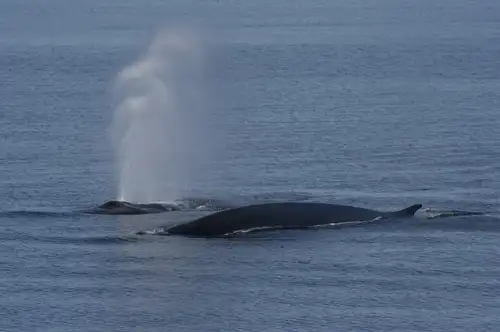Name: Arctic Skua, Parasitic Skua, Parasitic Jaeger (Stercorarius parasiticus)
Length: 40 to 50 cm
Weight: 300 to 650 grams
Location: Breeds in Northern North America, Europe, and Asia; winters in tropical and southern oceans
Conservation status: Least Concern
Diet: Fish, small mammals, small birds, insects
Appearance: Color varies by location. Light versions are brown with white undersides and a black cap. Darker versions have a dark brown back. All have white flashes on their wings.
How do Arctic Skuas feed?
Arctic Skuas often steal food from other birds by attacking them mid-flight to make them drop their catch.

Are Arctic Skuas social?
They form loose colonies during breeding season but are aggressive in defending their nests. Outside of breeding season, they may form small groups of up to 10 individuals.
How fast do Arctic Skuas fly?
Arctic Skuas can reach speeds of up to 50 km per hour.
What are Arctic Skua birthing rituals like?
They become sexually mature at about 3 years old. Nests are made on tundra and islands, either in loose colonies or solitary locations. Breeding season is from mid-May to mid-June. Clutches contain up to four eggs, and Skuas aggressively protect their nesting sites. Adults share incubation and rearing duties, and chicks leave the nest about 1 month after hatching.
How long do Arctic Skuas live?
They can live up to 25 years, although 12 years is more common.
How many Arctic Skuas are there today?
Population estimates range from 500,000 to 10 million individuals worldwide.
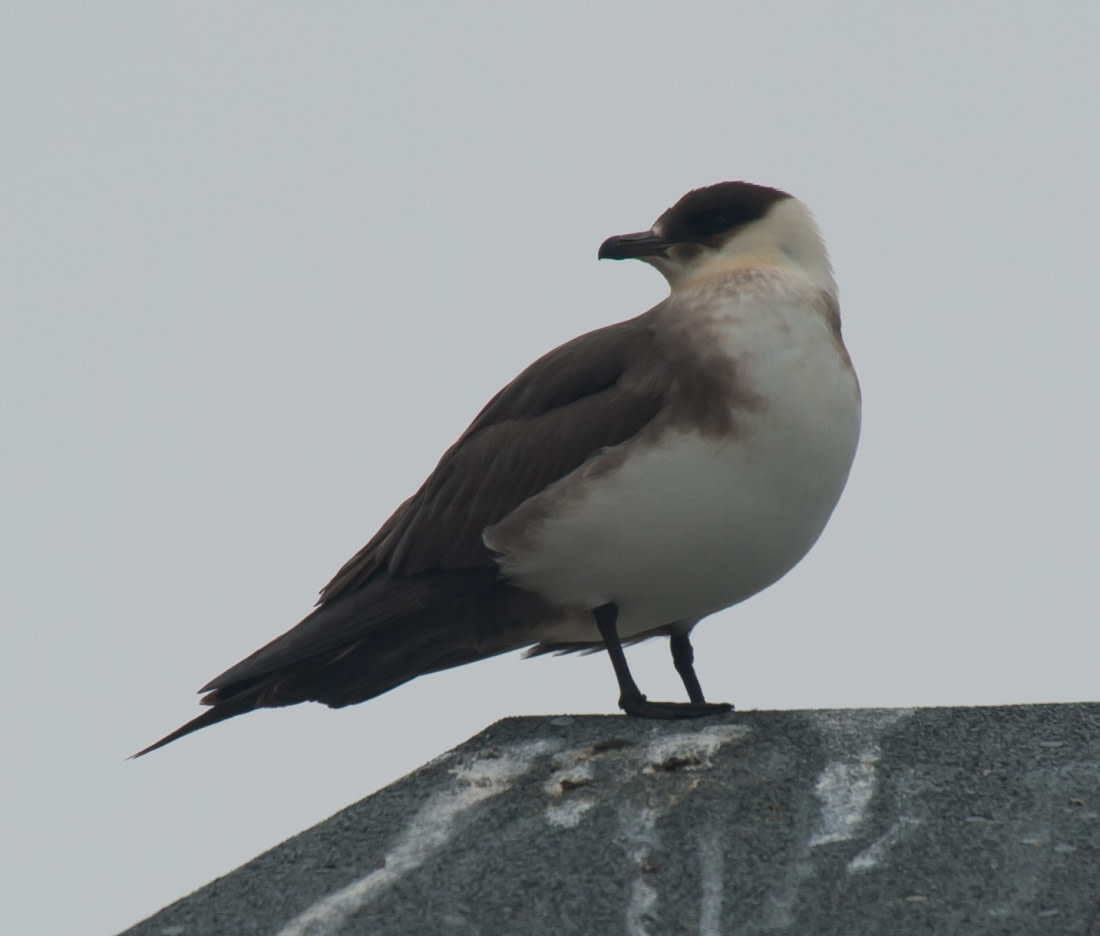
Do Arctic Skuas have any natural predators?
Arctic Foxes prey on their eggs and young.
7 Startling Arctic Skua Facts
- "Jaeger" means "hunter" in German.
- Despite being a northern bird, they have been spotted as far south as the South Pole during winter migration.
- Kleptoparasitism can account for up to 95% of their diet during winter migration.
- Their breeding time coincides with other birds like Puffins, providing ample opportunities for food theft.
- They are the most numerous Skua species breeding in the Arctic.
- Breeding Arctic Skuas have long streamers extending past their tails, up to 10.5 cm.
- The white flashes on their wings signal to other Skuas not to steal from them.






Related Trips



16 Conversation-Starting Svalbard Facts
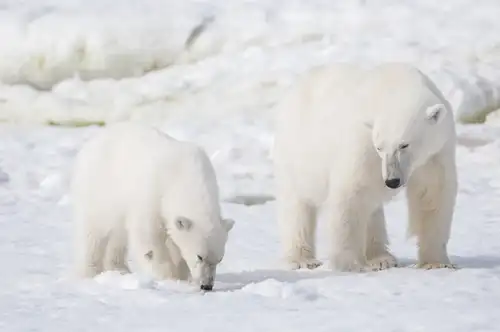
The polar bear: king of the Arctic food chain

Inside the Svalbard Global Seed Vault
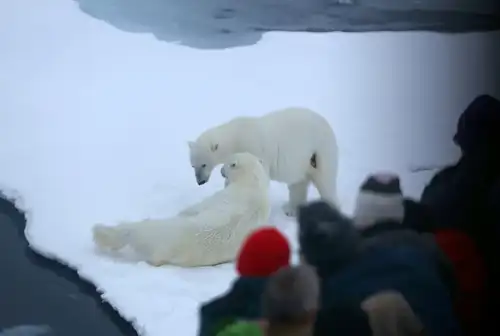
The Pack Ice and Polar Bears of North Spitsbergen

Spitsbergen: a true polar bear trip

Six Must-See Svalbard Sites
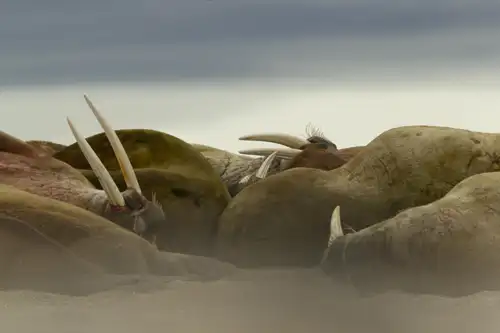
15 Toothy Facts About the Atlantic Walrus
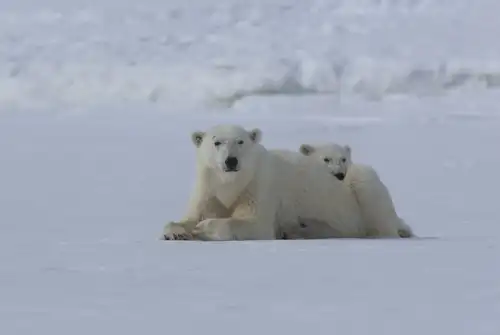
Polar Bears and Pack Ice: 22 Pics from North Spitsbergen

Spitsbergen: Alkefjellet magic
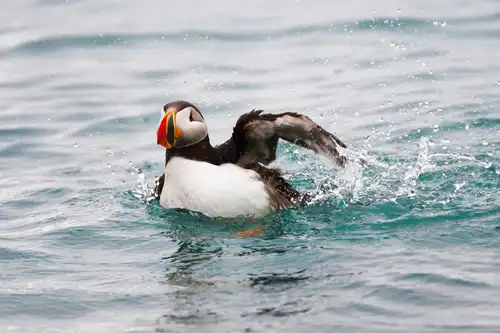
Puffins: Clown Birds of the Atlantic

Polar bear encounter in Spitsbergen

Polar Bear Primer: Eight Facts About the Arctic Wanderer

The Enchanting Islands of Svalbard

Circumnavigating Spitsbergen

Solargraphy & Pin Hole photography in the Arctic
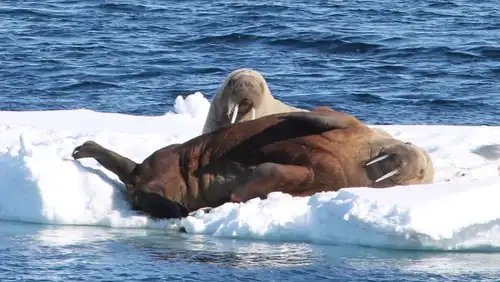
Svalbard’s 12 Most Iconic Animals

Seizing the Season: Spitsbergen’s Late Spring, Early Summer
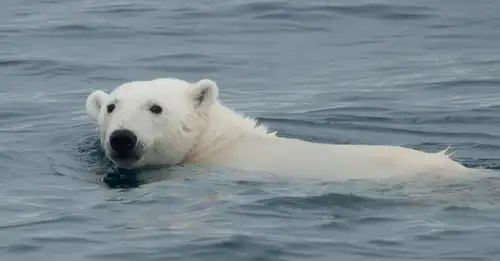
Polar Bear Sets Impressive New Diving Record

“The polar bear will still be there”






 8 Days / 7 Nights
8 Days / 7 Nights



